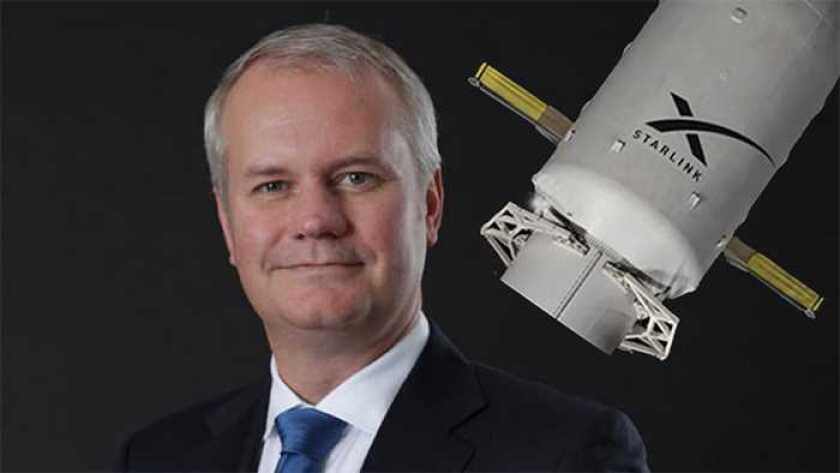SpaceX will use its new low-orbit, low-latency Starlink satellites to connect customers to Azure’s new Modular Datacenter (MDC).
“We have made a deliberate decision to work with partners to deliver our offerings to commercial and government customers. Creating opportunities in helping build broader ecosystems is core to everything we do at Microsoft,” said Tom Keane, corporate VP of Azure Global & Industry Solutions.
The two companies said they plan to deliver satellite connectivity between field-deployed assets and cloud resources across the globe to both the public and private sector via SpaceX’s Starlink satellite network.
They said they also plan to further connect Starlink with Microsoft’s global network – including Azure edge devices – integrating SpaceX’s ground stations with Azure networking capabilities.
While the two companies expect to serve government customers, particularly in defence and intelligence, they said the “foresee growing satellite connectivity and capability opportunities throughout the private sector in areas including telecommunications, energy and agriculture”.
Microsoft said that Azure Space will bring together Azure technology and an extensive network of expert partners offering solutions for the industry.
The company is already working with SES, which in August said it would use SpaceX to launch its four O3b mPower satellites for a next-generation medium earth orbit (MEO) communications system.
And SES is working Microsoft to provide communication services as the MEO internet connectivity partner for Azure Orbital. Now, Microsoft is expanding that relationship to further integrate MEO satellite connectivity with the MDC.
“The alignment and integration of Azure with SES’s global satellite and terrestrial network further enables the connected intelligent edge, even more so now with the ability to provide low-latency services and backup to those whose missions will benefit from the use of MDC,” said John-Paul Hemingway (pictured), CEO of SES Networks.
SES worked with the Microsoft Azure team to demonstrate a simulated fibre outage at an MDC, and the network was able to automatically switch from fibre to SES’s satellite connectivity into Azure.
The two companies are developing solutions in which SES provides connectivity or resiliency to terrestrial connectivity to autonomous MDCs at speeds of multi-hundreds of megabits per second (Mbps) today and scalable to multi-gigabits per second with O3b MPower, SES’s next generation communications system.
Meanwhile, Canada’s telecoms and media regulator, the Canadian Radio-Television and Telecommunication Commission (CRTC) said it is granting SpaceX a basic international telecommunications service licence.
This licence allows SpaceX to provide international telecommunication services but does not allow it to operate as an internet service provider within Canada.
SpaceX had filed a request for the licence in June 2020 with the aim of eventually providing internet service to remote areas in Canada.






